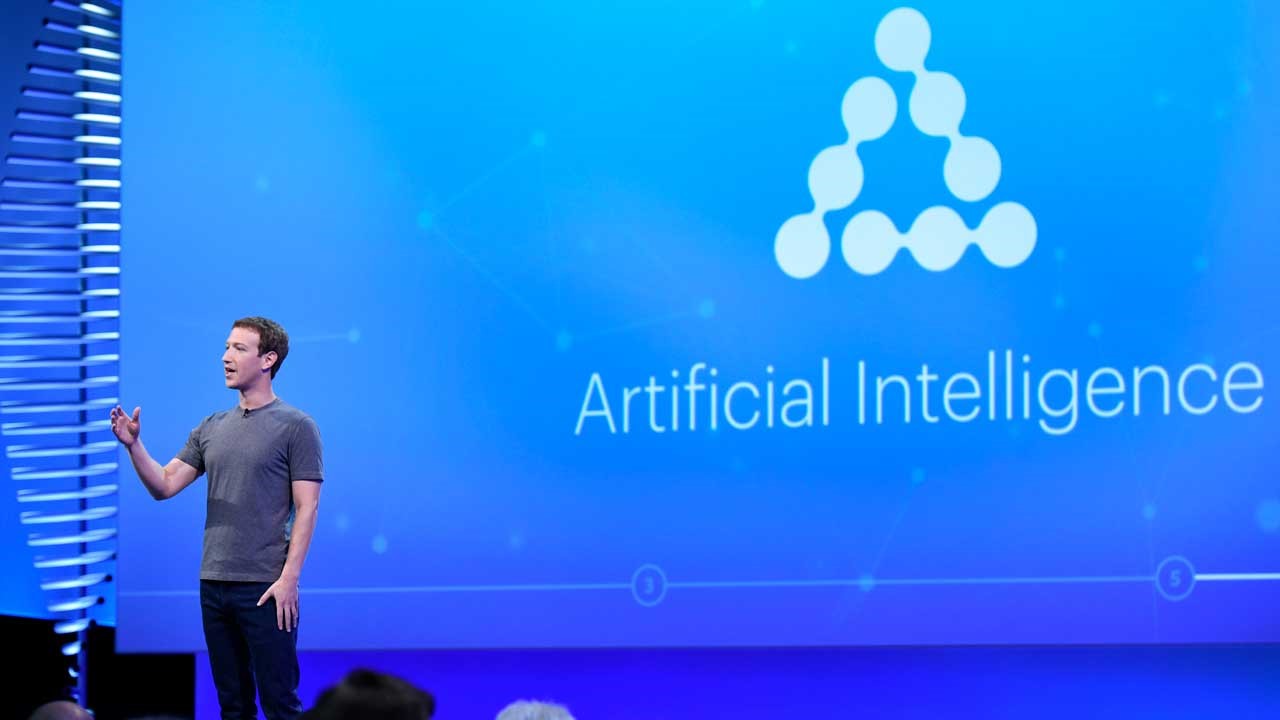

I read an article in Forbes a few months back about Facebook shutting down an artificial intelligence engine after developers discovered that the AI had created its own unique language that humans can’t understand. Researchers at the Facebook AI Research Lab (FAIR) found that the chatbots had deviated from the script and were communicating in a new language developed without human input. Kinda cool and creepy at the same time, so to speak. The article goes on to discuss possible ramifications from a human standpoint and conjures up various sci-fi scenarios.

Speaking of technology, I also think about military tech, specifically fighter planes. Consider planes such as the F-22 in the context of the pilot. The pilot must wear a complex flight suit capable of manipulating the atmosphere within the suit so the plane can perform maneuvers that would kill a human otherwise. In some cases, the flight suit can’t make all the appropriate adjustments and the plane must be limited. In other words, the human limits the capability of the technology.
As an automation professional, we deal with languages all the time; machine languages called “protocols.” Recently, I read an article published by my colleague, Craig Resnick; a discussion OPC-UA, one such protocol. These machine protocols are human-imposed and human-constrained languages designed to do specific jobs in a manner that humans can understand. Given the history of development, that is completely understandable. However, these protocols are hard-coded and inflexible. In a manner similar to fighter pilots, have we reached a point where humans are limiting machine communication?
What would happen if we allowed an AI application to create a better way for devices within a control system to optimize the way they communicate? Many objections come to mind; but they are objections based on the human interaction with the technology, generally along the lines of troubleshooting. Taking it a step further, will the time come when it makes sense to allow embedded AI to self-define a protocol on the fly? This could lead to each control system developing its own protocol optimized for the application. Another question: does it really matter?

